(65700 products available)
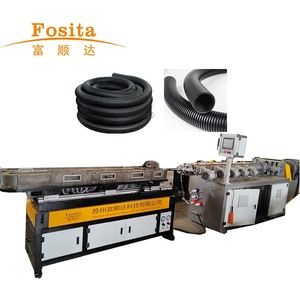
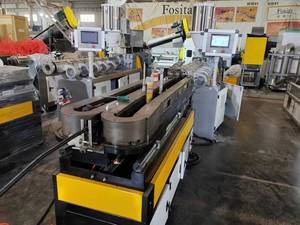
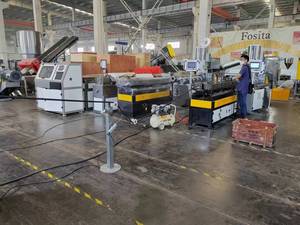
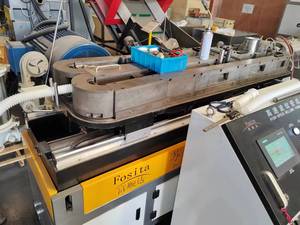
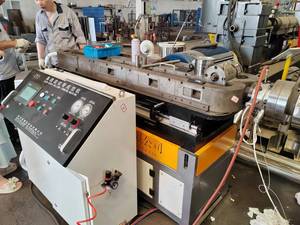





































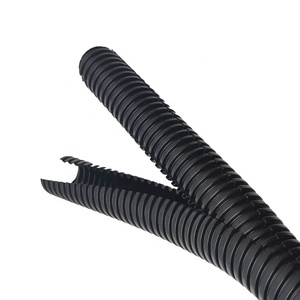
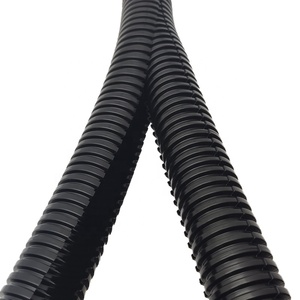
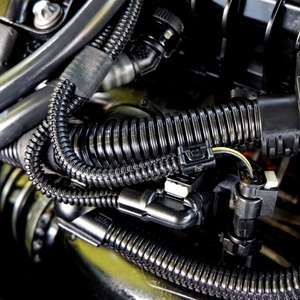
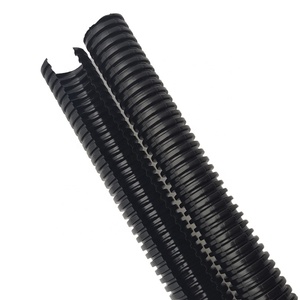
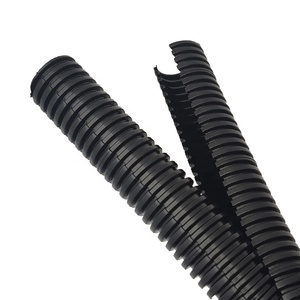
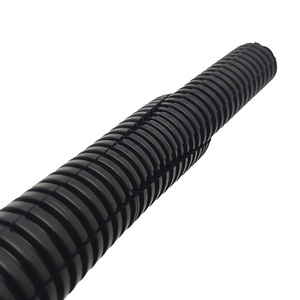
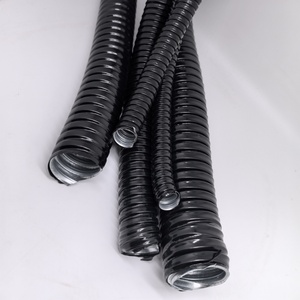
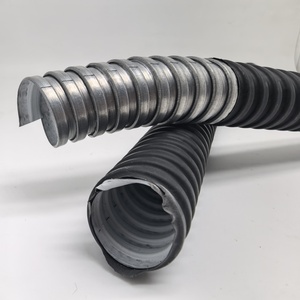
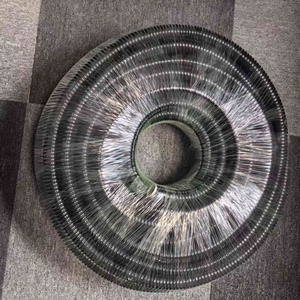
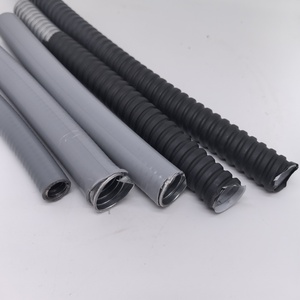
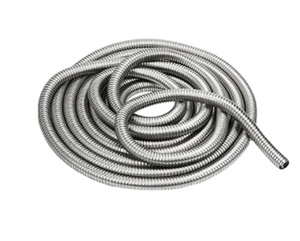
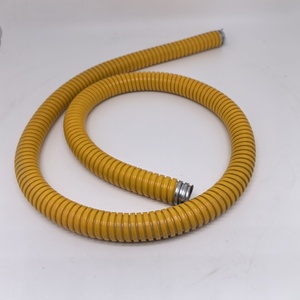






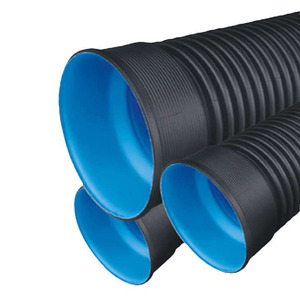
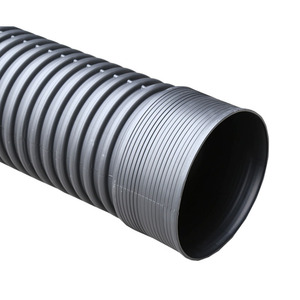


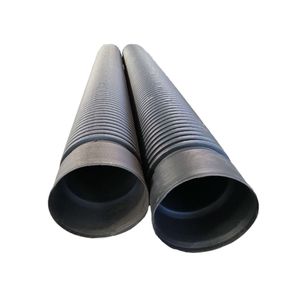
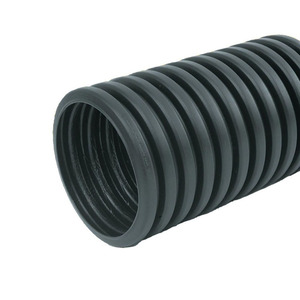









































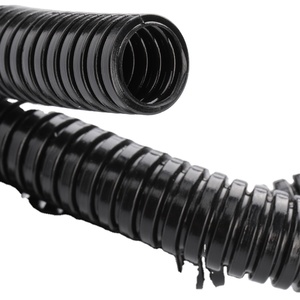
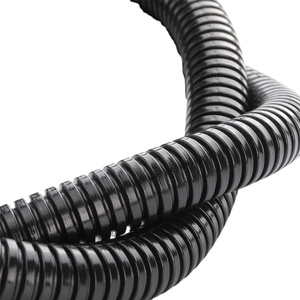
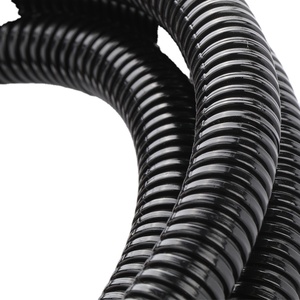


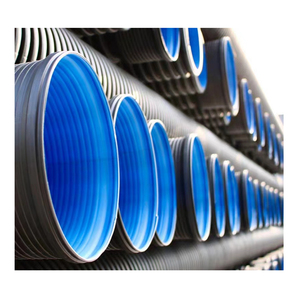
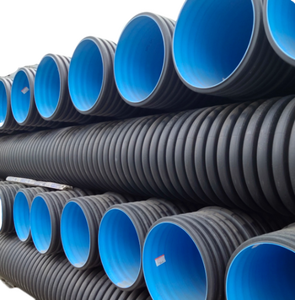

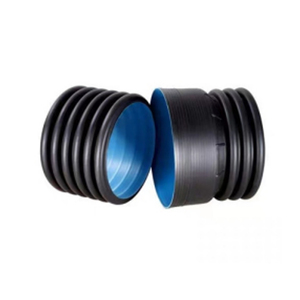
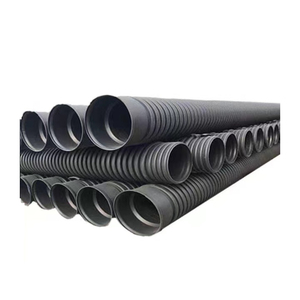

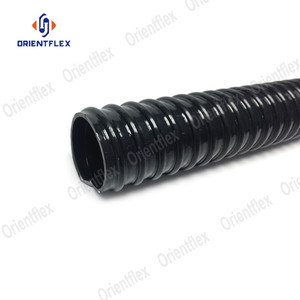

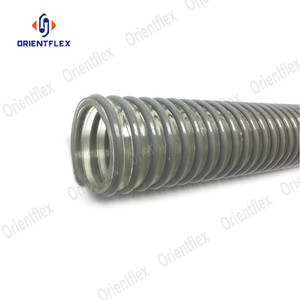
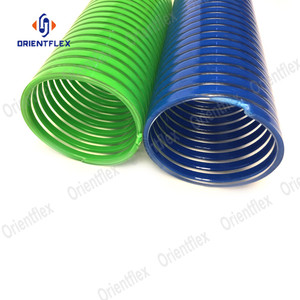

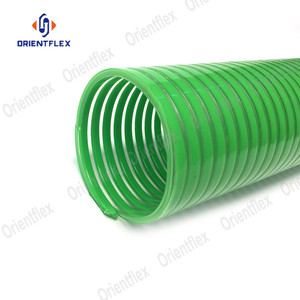
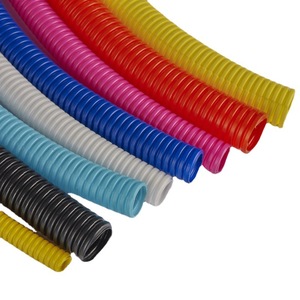
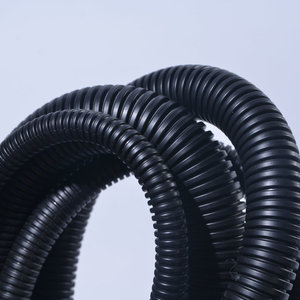


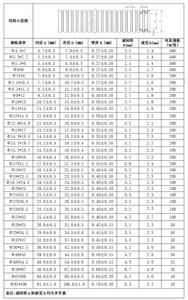
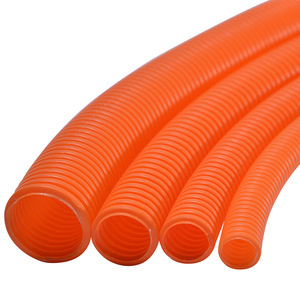
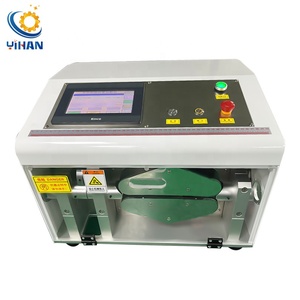
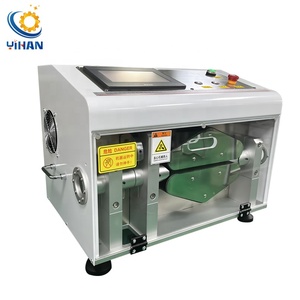
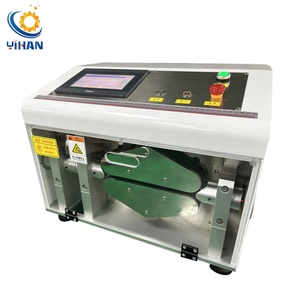
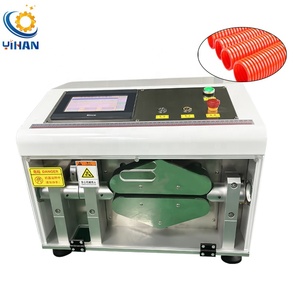









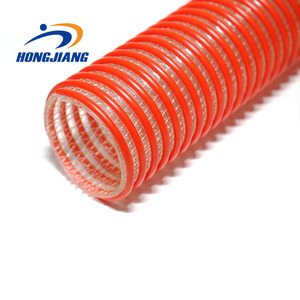
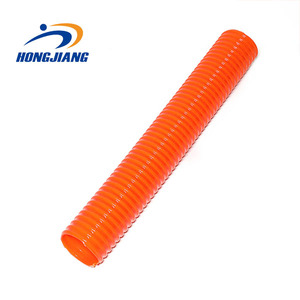
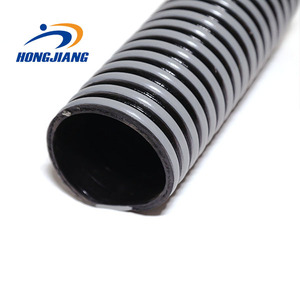



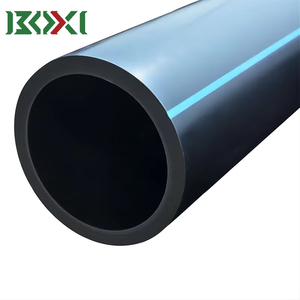
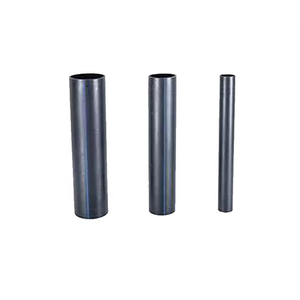
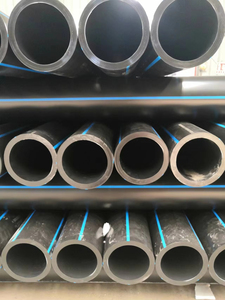
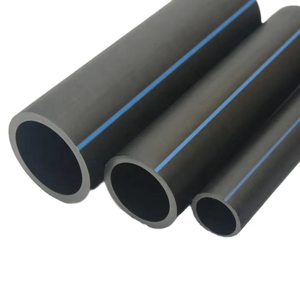
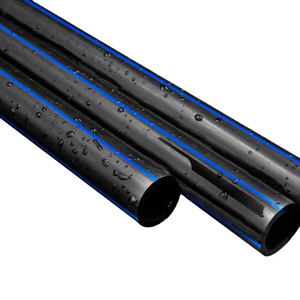








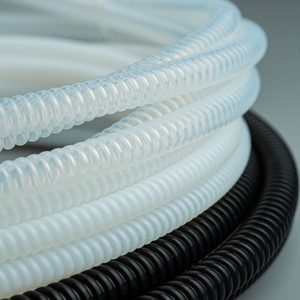
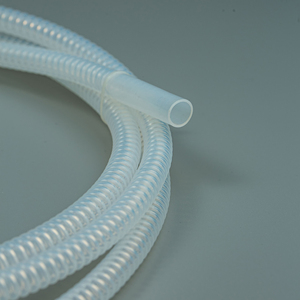








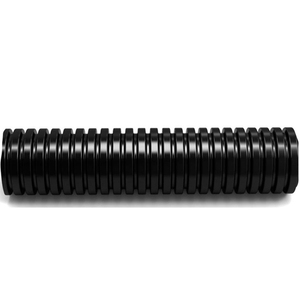
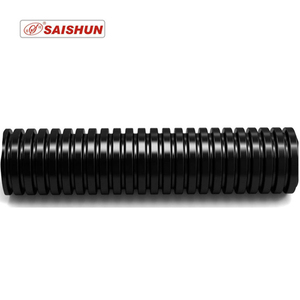


















Corrugated tubes, also known as corrugated plastic tubes, are cylindrical structures made from metals or polymers. They are used in various applications for protection, wiring, fluid transfer, and more. They come in different types and can be customized according to preferences and specifications. Below are the types of corrugated tubes in the market:
Metal Corrugated Tubes
These tubes are constructed with metal materials like aluminum, steel, or copper. They can be customized in different lengths and diameters. They are mostly used for electrical wiring and can also be called metal corrugated tubing.
Aluminum Corrugated Tubes
These tubes are made of aluminum material, providing a lightweight option with good resistance to corrosion. They are mostly preferred because they are cost-effective and can be used in various industries. They are available in both welded and non-welded forms.
Plastic Corrugated Tubes
They are made of different types of plastics, including HDPE (high-density polyethylene) or polypropylene. They are lightweight and flexible and are used in various industries for different applications.
PP Corrugated Pipe
These tubes are made from polypropylene plastic. They are characterized by their lighter weight, flexibility, and resistance to impact and chemicals. They are used in applications like drainage and ventilation. They are also known for their ease of manufacturing and installation.
Cardboard Tubes
These are non-metallic and non-plastic. They are made of cardboard material. They are usually lightweight and can be recycled. They are used for packaging posters, maps, and blueprints. They are also used for crafts and DIY projects.
Spiral Wound Tubes
These tubes are formed by winding a strip of material in a spiral configuration around a central core. They offer increased strength and stiffness due to their design. They are mostly used in structural applications and can be made of various materials like cardboard or plastics.
The corrugated tube has various applications and features that make it suitable for different environments. The following are some of them:
Applications
It provides electrical conduits for cables and wires. It protects electrical cables from impacts, moisture, and UV radiation. It is also lightweight and flexible, which helps in easy cable installation in complex layouts.
Metallic tubes protect hydraulic and pneumatic fluid lines from abrasion and impact damage. They are usually made of steel, aluminum, or brass. The tubes have a smooth interior that enables easy fluid flow and minimizes friction.
These tubes are used as exhaust and intake ducts in automotive and industrial applications. They prevent heat damage, corrosion, and high-pressure buildup. The tubes are made from materials like plastic or aluminum, which are lightweight and can withstand high temperatures.
They are used in HVAC systems to circulate air efficiently. The tubes are made of materials that can withstand repeated bending without breaking. They are also lightweight, which reduces the overall weight of the air conditioning system.
These tubes are used in solar water heating systems to transfer and circulate water. Their corrugated design allows them to collect and circulate water efficiently.
These tubes are used in the medical industry to protect and house catheters, wires, and other medical devices. They are manufactured with materials that meet medical-grade requirements.
Some corrugated tubes are designed to protect fiber optic cables from bending and breaking. They are usually made of lightweight materials that prevent signal loss.
Features
The tubes are manufactured with metals, plastics, or composites, which are lightweight materials. This makes them easy to transport and install. They are made from flexible materials like HDPE or PVC. This allows them to bend around corners and obstacles without breaking.
Corrugated tubes have a high strength-to-weight ratio. This is because of their corrugated design, which provides rigidity and stability. They can withstand impact, pressure, and compression while being lightweight.
Metallic or plastic tubes have a high thermal resistance. They can withstand high temperatures without deforming or melting. The tubes are also designed to resist corrosion and rust.
These tubes have a large diameter that allows them to carry large volumes of fluids, cables, or air. They are also customizable and can be manufactured in different sizes and lengths to fit particular applications.
These tubes are designed to protect against UV radiation, moisture, and abrasion. They have a long lifespan and require low maintenance.
Automotive industry:
Automotive manufacturers use corrugated tubes in various vehicle components. For example, they use them in brake lines, fuel lines, and transmission lines. These tubes provide a lightweight and flexible solution for fluid transfer in different vehicle systems. Also, automotive manufacturers use metal corrugated tubes in exhaust systems. The tubes help to reduce heat and protect surrounding components from heat damage.
Construction and building:
Construction companies use HVAC systems to regulate temperature in residential and commercial buildings. HVAC systems use corrugated tubes for air distribution and for the efficient transfer of fluids. Water supply and drainage systems also use HVAC tubes. The construction industry favors the tubes because they are lightweight, flexible, and easy to install.
Electrical and electronic devices:
Manufacturers use corrugated tubes for wiring harnesses in vehicles, motorcycles, and bicycles. The tubes reduce weight, increase flexibility, and improve the overall efficiency of wiring systems. Electronics manufacturers also use plastic corrugated tubes for cable management in computers, televisions, and audio systems. The tubes organize and protect cables from abrasion and heat transfer.
Aerospace and aviation:
Aerospace engineers use corrugated tubes for fuel lines, hydraulic lines, and electrical conduits in aircraft. The tubes are lightweight and flexible, which improves the efficiency of fluid transfer and reduces the overall weight of the aircraft. Aerospace engineers also use the tubes for engine exhaust systems.
Marine applications:
Manufacturers use metal corrugated tubes in boats and ships for applications such as fuel lines, oil lines, and ventilation systems. These tubes are resistant to seawater corrosion and provide a long-term service. They are also used in engine cooling systems and heat exchangers.
Industrial applications:
Industries use corrugated tubes for the transfer of fluids, gases, and granular materials in a wide range of applications. These include chemical processing, food and beverage manufacturing, pharmaceuticals, and materials handling. The tubes offer a lightweight and flexible solution that is easy to install and maintain.
Agriculture and farming:
Agricultural engineers use corrugated tubes for irrigation systems, water drainage, and drainage in farm buildings. The tubes are resistant to UV radiation and are more efficient when transferring water.
When choosing corrugated tubes for wholesale, it is important to consider several factors to ensure the selected ones meet the desired specifications. Below are some of the factors to take into account:
Application Requirements
First, determine the application needs. This involves looking into the requirements like the need for fluid or wire to be carried, environmental conditions, and load bearing. Also, consider the need for heat dissipation, flexibility, and electrical insulation. Ensure that the tube material can withstand the temperature and pressure of the intended application.
Material Selection
The material used to make a corrugated tube determines its performance. Choose a material that is suitable for the intended application. For electrical applications, choose a material that offers electrical conductivity or insulation. When heat dissipation is required, select a metal tube with good heat dissipation properties. When weight and corrosion are more important, consider aluminum or plastics.
Dimensional Considerations
When buying tubes in bulk, it's important to consider the required dimensions. This includes the diameter, length, and wall thickness. Ensure that the diameter is large enough to accommodate the wiring or piping. Ensure also that the wall thickness meets the load-bearing and durability requirements. Also, consider the tube's flexibility, which is important for applications with tight bends and radii.
Supplier Capabilities
The corrugated tube supplier's capability is an important factor to consider when choosing a wholesale vendor. It is important to analyze the supplier's quality control measures, delivery times, and customer service. Check the reviews to see if the supplier can deliver the required quantity within the required time. A reliable supplier can meet the demands of their customers and deliver high-quality products.
Regulatory Compliance
Another important factor is regulatory compliance. This ensures that the purchased tubes meet the required safety standards. It is important to check the certifications and industry standards to ensure everything is in order. Consider also the environmental impact of the tube material and manufacturing process. This includes the recyclability and sustainability of the materials used to manufacture the tube.
Q: What are the applications of tube corrugation?
A: Apart from electrical wiring protection, the corrugated tubes are also used in the automotive industry for coolant, hydraulic fluid, or air intake. In construction, they are used for concrete pours or as a protective casing for pipes. In HVAC systems, corrugated tubes provide insulation or carry airflows. They are also used in furniture and crafts, such as decorative elements or structural supports.
Q: What are the manufacturing processes of a corrugated pipe?
A: The process involves the following steps: pipe fabrication, which includes straight welding, spiral welding, and double welding. Then, the corrugation process follows. It involves forming, heating, molding, cooling, and expanding to create bellows or tubes. Finally, there is quality inspection and testing.
Q: What are the challenges faced in the corrugation process?
A: There are many challenges in the pipe manufacturing process. These include achieving consistent corrugation patterns, material selection, and temperature control. Others are weld integrity in the case of welded pipes and post-corrugation deformation.
Q: What are the trends in the corrugated tube industry?
A: The trends include the use of advanced materials such as polymers and composites. There is also the implementation of automation and AI in the manufacturing process. This improves efficiency and reduces human error. Other trends include the use of corrugated tubes in new applications, such as renewable energy and electric vehicles.
Q: How is the quality of corrugated tubes controlled?
A: Quality is controlled by implementing strict quality control measures and standards. This includes raw material inspection, in-process monitoring, and final product testing. They also use advanced technology and equipment to ensure precision and consistency.